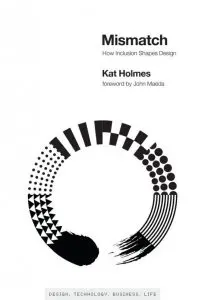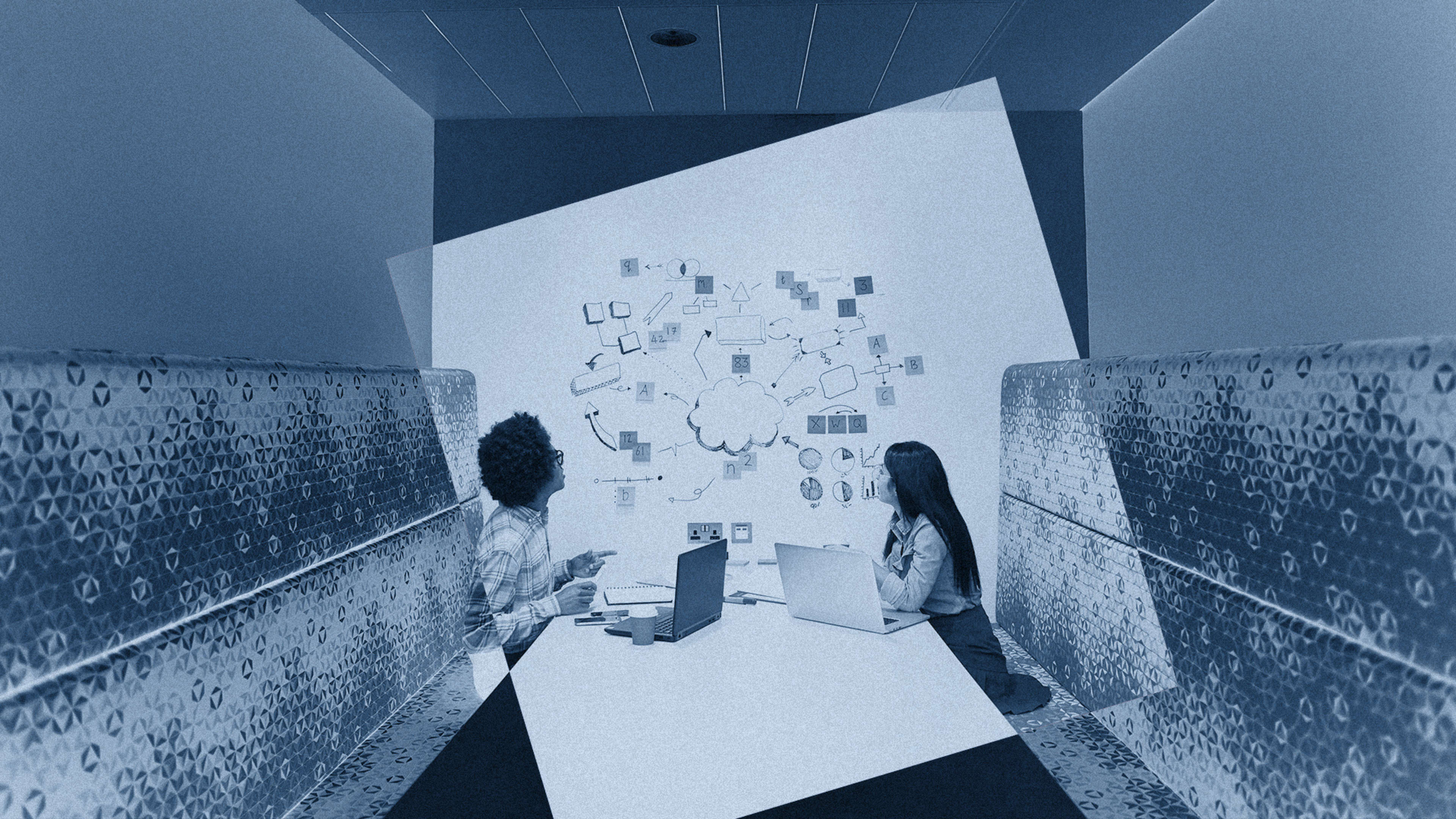The term inclusive design has been around for decades, but it was largely an academic practice until recently. When I first learned about inclusive design, very few companies were applying it to their work in a repeatable way. At Microsoft, we sought out mentors from universities. Most importantly, Jutta Treviranus and her team at Ontario College of Art and Design. Treviranus founded the Inclusive Design Research Centre in 1993 to focus on ways that digital technology can improve societal inclusion. She has a clear approach to selecting each new cohort of designers:
We need designers who have experienced barriers. What we want to produce is not a uniform set of individuals with specific competencies, but a group of individuals that can work as a team, that each can contribute a diverse perspective.
Another mentor in our early days was the inclusive design leader Susan Goltsman. Her definition of inclusive design will always be my favorite:
Inclusive design doesn’t mean you’re designing one thing for all people. You’re designing a diversity of ways to participate so that everyone has a sense of belonging.

Goltsman led her design projects with what she called the I-N-Gs. She would sit and observe how many different human activities were happening in a park. Goltsman would ask, “what I-N-G is most important to this environment?” Maybe it was running, digging, swinging, climbing, or sleeping. Whatever the I-N-G, the next question was always, “How many ways can human beings engage in that activity?”
Imagine a playground full of only one kind of swing. A swing that requires you to be a certain height with two arms and two legs. The only people who will come to play are people who match this design, because the design welcomes them and no one else.
And yet there are many different ways you can design an experience of swinging. You can adjust the shape and size of the seat. You can keep a person stationary and swing the environment around them. Participation doesn’t require a particular design. But a particular design can prohibit participation.
The same phenomenon applies to technology. If writing stories required a keyboard, computer screen, and fluency in English, the only stories we’d read would be from people who match these requirements. Each feature created by designers determines who can interact with an environment and who is left out.
Building on Treviranus’s and Goltsman’s guidance, here’s a working definition of inclusive design that we developed at Microsoft, after applying it with thousands of engineers, designers, and business leaders: A methodology that enables and draws on the full range of human diversity. Most importantly, this means including and learning from people with a range of perspectives.
We also found it helpful to distinguish inclusive design from related concepts, like accessibility and universal design. Here’s a quick primer that guided our work:
Accessibility is defined as 1. the qualities that make an experience open to all. 2. a professional discipline aimed at achieving No. 1.
An important distinction is that accessibility is an attribute, while inclusive design is a method. While practicing inclusive design should make a product more accessible, it’s not a process for meeting all accessibility standards. Ideally, accessibility and inclusive design work together to make experiences that are not only compliant with standards, but truly usable and open to all.
Most accessibility criteria grew out of policies and laws that were designed to ensure barrier-free access for specific disability communities. Wheelchair access in architecture only became prominent across the United States after the Americans with Disabilities Act was passed by Congress in 1990. The 1998 Section 508 amendment to the United States Workforce Rehabilitation Act of 1973 mandated that all electronic and information technology be accessible to people with disabilities. The United Nations created a Convention on the Rights of Persons with Disabilities in 2006, as an international agreement to focus on the full societal integration of people with disabilities.
Inclusive design should always start with a solid understanding of accessibility fundamentals. Accessibility criteria are the foundation of integrity for any inclusive solution.
Another concept that is closely related to inclusive design is universal design.
Universal Design is defined as the design of an environment so that it might be accessed and used in the widest possible range of situations without the need for adaptation.
Universal design was born out of the built environment. It is rooted in architecture and environmental design. It emphasizes the end solution, most often one that is physically fixed. The principles of universal design are focused on attributes of the end result, such as “simple and intuitive to use” and “perceptible information.”
In contrast, inclusive design was born out of digital technologies in the 1970s and ’80s, like captioning for people who are deaf and audio-recorded books for blind communities. Inclusive design is now growing into adulthood alongside the internet.
In some areas of the world, the term inclusive design is used interchangeably with the term universal design. I prefer to make a distinction between them in two ways.
First, universal design is strongest at describing the qualities of a final design. It is exceptionally good at describing the nature of physical objects. Inclusive design, conversely, focuses on how a designer arrived at that design. Did their process include the contributions of excluded communities?
The second distinction, initially coined by Treviranus: Universal design is one-size-fits-all. Inclusive design is one-size- fits-one.
Inclusive design might not lead to universal designs. Universal designs might not involve the participation of excluded communities. Accessible solutions aren’t always designed to consider human diversity or emotional qualities like beauty or dignity. They simply need to provide access.
Inclusive design, accessibility, and universal design are important for different reasons and have different strengths. Designers should be familiar with all three.
An inclusive designer is someone, arguably anyone, who recognizes and remedies mismatched interactions between people and their world. They seek out the expertise of people who navigate exclusionary designs. The expertise of excluded communities gives insight into a diversity of ways to participate in an experience.
This essay was adapted with permission from Mismatch: How Inclusion Shapes Design (MIT Press, 2018) by Kat Holmes. Buy a copy here.
Recognize your brand’s excellence by applying to this year’s Brands That Matter Awards before the early-rate deadline, May 3.
